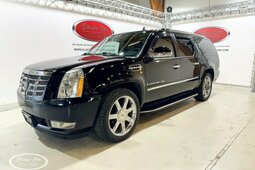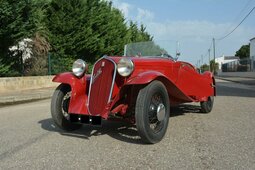The British supercar manufacturer has a knack for astonishing all automobile enthusiasts.
Feel free to marvel at the McLaren Elva, a roadster from the Ultimate Series family.
The Elva moniker pays homage to the iconic cars designed by the celebrated Bruce McLaren in the 1960s. This influence is clearly evident.
The McLaren Elva boasts a distinct and captivating look. Its low nose coupled with pronounced front fender peaks adds a touch of spectacle. Expansive carbon fibre rear fenders extend from the front of the door to the rear deck, with the deployable roll-over protection system ensuring the twin rear buttresses remain subtly low.
McLaren suggests that while helmets can be donned as a preference, without them, one might end up with an unexpected dinner of flies. However, there's an alternate solution – opt for a model equipped with a fixed windscreen.
Active Air Management System: Revolutionizing Driving Pleasure with McLaren Elva's Innovative Aerodynamics
The most fascinating feature of this car is the Active Air Management System. McLaren states that it was designed to enhance driving pleasure, yet it's far more complex than that.
This innovative system directs air through the Elva's nose and out from the front clamshell at a high speed, effectively creating a 'bubble' of calm air around the occupants. Comprising a large central inlet positioned above the splitter, an outlet vent in the front clamshell, and a discreet carbon fibre deflector that moves vertically, the AAMS activates to position the deflector at the leading edge of the bonnet outlet, lifting it 150mm into the air stream. This creates a low-pressure zone at the vent, further enhancing the system's effectiveness.
The vented air is directed through a 130-degree radius, using a network of transverse and longitudinally mounted carbon fibre vanes across the bonnet outlet; distributing the airflow both in front of and along the side of the cabin further assists air management in the cabin environment. At urban speeds, when the level of airflow into the cabin means the AAMS is not needed, the system is inactive. As vehicle speed increases, the AAMS automatically deploys and remains active until speed reduces, at which point the deflector retracts. The system can also be button-deactivated by the driver.
When the AAMS is inactive, the central duct is sealed, diverting airflow into the low-temperature radiators and increasing their cooling efficiency. To provide optimal packaging conditions for the AAMS, the McLaren Elva features twin low-temperature radiators positioned ahead of each front wheel. Both of them reducing charge air temperature and also cool the oil in the seven-speed transmission.
When it comes to power, the McLaren Elva boasts a 4.0-litre, twin-turbocharged V8 engine that generates an impressive 815 brake horsepower and 800 Nm of torque.
This engine mirrors that of the exceptional 720S or Senna, yet with even greater power. Therefore, it's no wonder it delivers truly astonishing performance.
McLaren Elva can sprint from standstill to 100 km/h in less than three seconds. Acceleration from 0 to 200 km/h takes just 6.7 seconds.
Just 399 examples of new McLaren Elva will be available so it's gonna be a very rare sight on the road.
If interested, get ready to pay £1,425,000. This is the price pay for Limited Edition McLaren.
Put to the test - Lando Norris drives the McLaren Elva
---
Discover your dream car within our Car Categories, or explore our Classic Passion Shop to uncover thrilling items from our associates!















